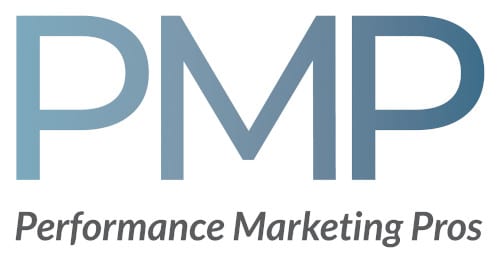Building a scalable marketing strategy to drive more customers into your pipeline starts with understanding how and why prospects engage with your brand, and more importantly what convinces them to become customers. This process for financial businesses isn’t often linear.
By incorporating market analysis to better understand your competitive value, crafting content-driven assets to stand out from the crowd, and leveraging digital marketing tools with data-driven insights, your organization can be well suited to develop a strong marketing foundation. To help your team get started, we’ve provided 5 marketing strategy tips.
Marketing Strategy Tip 1: Know Your Competitors’ Value Propositions
You can’t properly market your brand, products or services without knowing how your messaging compares to your competitors. Taking inventory of how other firms market their brand’s identity can help you determine where gaps might exist in your own approach.
Conducting a competitive analysis means completing both internal and external audits. Learn how similar companies market their services, and determine how your techniques compare. Studying your competitors’ digital channels, including their website, product pages, marketing resources and social media sites can provide a great benchmark for how another company markets the products and services your prospects are seeking. Use this analysis to determine how you can differentiate your brand, and focus on your own unique market value.
Marketing Strategy Tip 2: Leverage Data to Develop Targeting Parameters
Your files are rich with data that can help you better understand who your customers are from a demographic, firmographic, behavior, interests, spend or other perspective. There are also a number of organizations that specialize in helping you to analyze, profile and enhance that data to improve targeting activities. Ensure you are able to define your ideal customer profile so you can determine how to make target audience selections across the various solution providers and digital platforms.
Investing in Customer Relationship Management or Marketing Automation tools is one place to start to get the right analytics about who and how others interact with your brand, and how you can better segment that data. There are also lots of rich built-in data tools with your business’ own website and social channels that can easily break down how and when customers and prospects interact with your brand. Make these tools part of your strategy for establishing targeting and segmentation that maximizes results for your business.
Marketing Strategy Tip 3: Leverage Data-Driven Tools for Actionable Analysis
Having the right data is a great start in understanding your business’ core target audience, but you also need to know what to do with that data. Knowing how to craft marketing strategies around big data can be done by using tools that provide enhanced reporting features to show how, why and when customers are engaging with your brand — and through which channels.
For smaller teams without the time to analyze these analytics, consider bringing in an outside digital marketing expert to augment your own efforts. Data is the first step in understanding your customers, but actionable analyses and a strategic plan to support that data helps your team craft long and short term goals.
Marketing Strategy Tip 4: Learn How to Best Showcase Your Value
The financial services market continues to get more competitive every year. This has given rise to financial services businesses investing more in content marketing to help brands share their narrative, including what makes their company different. Products and services can appear similar on paper, but content-driven assets that uniquely position your team and brand as industry leaders can help your company better market its real value.
Driving more prospects into your sales funnel first starts with learning how to market not just your products and services, but your people and brand. Learn what makes your organization unique and find an authentic method for sharing stories that resonate with your audience. Consider also your purpose and higher-level reason for being and how that aligns to your offerings. In a busy landscape, your authentic brand promise can help you stand out from the crowd.
Marketing Strategy Tip 5: Have a Strategic Go-To-Market Plan
Introducing new products and services to the market helps your brand sustainably scale, but you must think carefully about the steps needed to achieve this goal. Rely on the tips addressed above to first understand your competitive value in the market, how to target prospects using multiple digital marketing tactics and how you can effectively market your value proposition to prospects. Successfully achieving a go-to-market plan starts with having the data-driven analysis about what your core customers are looking for, and how your products and solutions match their specific needs and pain points. Empowered with a strong foundation, you can now start mapping out channels, budgets, tests, and early goals. Having the right team and a strategic plan to achieve these go-to-market plans can make all the difference in the ever-competitive financial services ecosystem. Reach out today to start the process of formalizing your go-to-market plan with a free consultation.
Performance Marketing Pros is a financial industry marketing consulting and services business. We help financial businesses achieve next level growth through proven marketing strategy and tactics designed by marketers with over 20 years each of experience in the financial industry. Reach out for a free consultation.


